What to do When Feeling Anxious for No Reason: Confessions of a Chronic Worrier
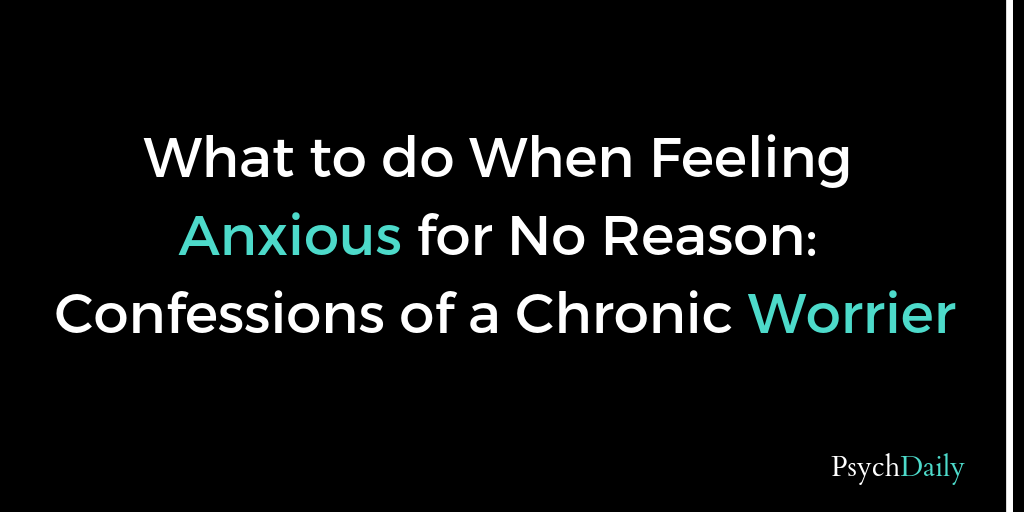
Anxiety’s like a rocking chair, it gives you something to do, but it doesn’t get you very far.
~Jodi Picoult
On the evening of Saturday Jan. 26, 2019, my husband and I were having typical pillow talk before turning in when we suddenly felt our bed quiver from side to side and heard a low rumble. Hhmm. That was strange. I thought, leaning toward my husband while it quickly subsided. I bet that was an earthquake! How exciting! After doing a quick google search we had indeed experienced an earthquake with a magnitude of 2.6. This was my second time ever remembering an earthquake and it was almost exhilarating to experience something so rare. When the excitement subsided, I rolled over and didn’t give the earthquake much thought afterward.
Unfortunately, the episode weeks later on Feb 15th wasn’t as pleasant. I woke up from a deep sleep around 5 AM to my bed shaking. Another earthquake, I thought, with less pep than weeks earlier. I tried to go back to sleep with my mind racing when 10 minutes later another one hit with a magnitude of 3.7. This time I clutched my husband’s arm, frantically waking him up. My eyes were wide open, my heart was beating madly, and my thoughts were painting a vivid story of how we were all going to be crushed at the weight of our ceiling. In actuality, no harm occurred other than a single piece of jewelry falling from a hanger on the wall.
That morning, my daughter crawled into our bed at 7 AM and I awoke with the same panic and pounding heart, fearing yet another earthquake as her movement shuffled the bed. For days, I woke up in alarm to any shift from my husband, engulfed in thoughts of the walls literally closing in around me. I realized I needed help with my anxious mindset.
I was miserable with the frequency of these worries, and for good reason. Research has consistently found chronic worry and anxiety interfere with memory and cognitive performance. In one study, those who had chronically high anxiety were more likely to fail training to become air traffic controllers, even when their intelligence was above average. One meta-analysis found the more prone to worries a person was, the worse their academic performance, regardless of whether their performance was measured by grades on tests, GPA, or achievement tests. An additional study found differences in cognitive performance using a categorization task between worriers and non-worriers. When worriers were asked to relax and let their mind wander (rather than worry), they did as well as the non-worriers.
As thoughtful as the attempts are from others to suggest things like, just stop worrying or don’t worry, be happy, they offer little help in ridding imagined fears. What is beneficial are the steps from Thomas Borkovec discussed in the book Emotional Intelligence. These can be used when you feel anxious for no reason or find yourself ruminating over exaggerated fears.
Step 1: Engage in Self Awareness
Pay attention to your internal state. With my new anxiety, I noticed a rapid heart rate and intrusive thoughts when in my bed, sensitive to every movement or creak. This fear would dissipate in the morning when the earthquake cues were no longer present. This mindfulness, described more here, is the first step at battling anxiety. Make a conscious effort to catch your worry as soon as you can, before the detailed images of disaster bombard their way into your mind’s eye. Identify cues and situations that trigger worry. Tune into the accompanying sensations such as quickening heart rate and sweaty palms. With practice, you’ll be able to identify worries earlier each time they begin to arise.
Step 2: Practice Relaxation Techniques
As the previously outlined research has found, relaxation can have a positive impact when you’re feeling anxious about nothing. In my case, I made a deliberate effort to relax and break my cyclical thoughts from ruminating on the imagined worries after taking note of the triggers, arousal, and catastrophic thinking. The first relaxation technique that came to mind was the Bradley method, one I had learned for labor and delivery of my first child. However, there are many great tools to choose from, as described here. Borkovec suggests using a relaxation technique daily so it can be applied immediately when needed the most.
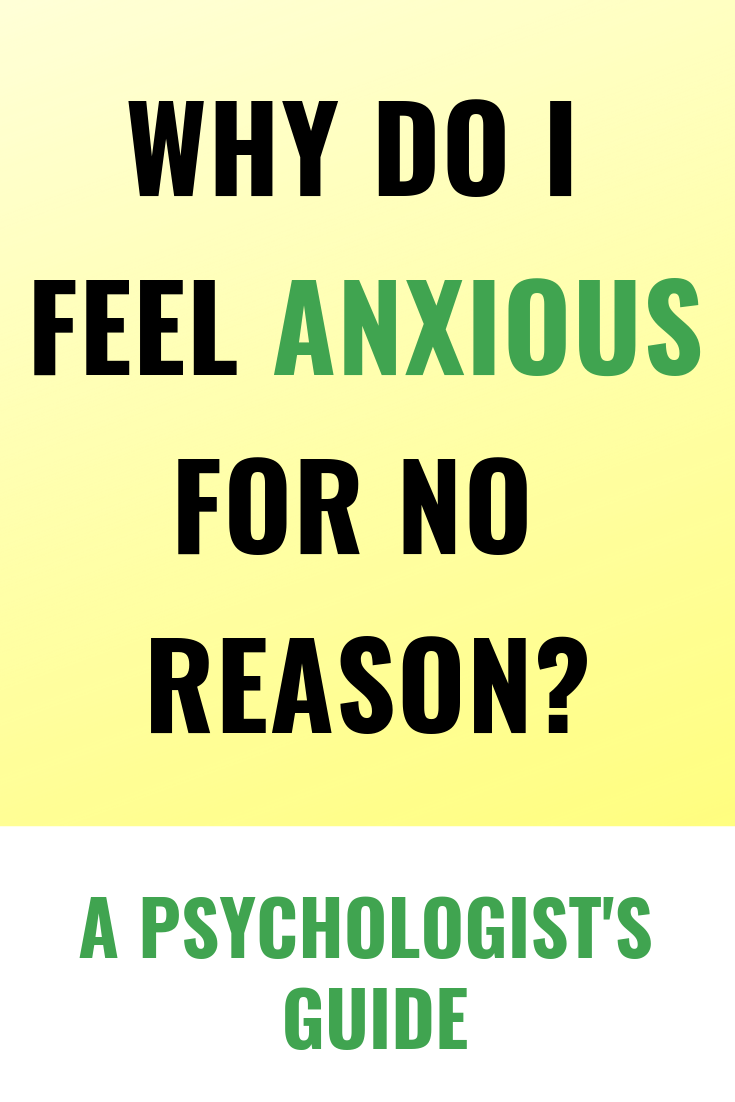
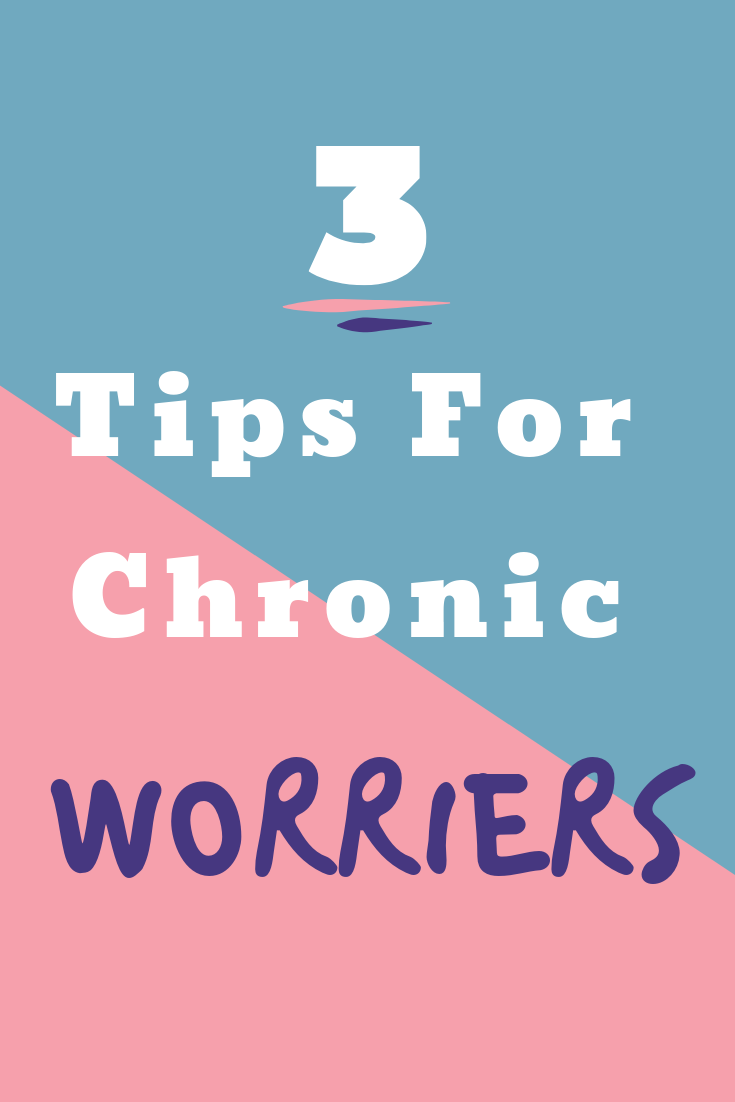
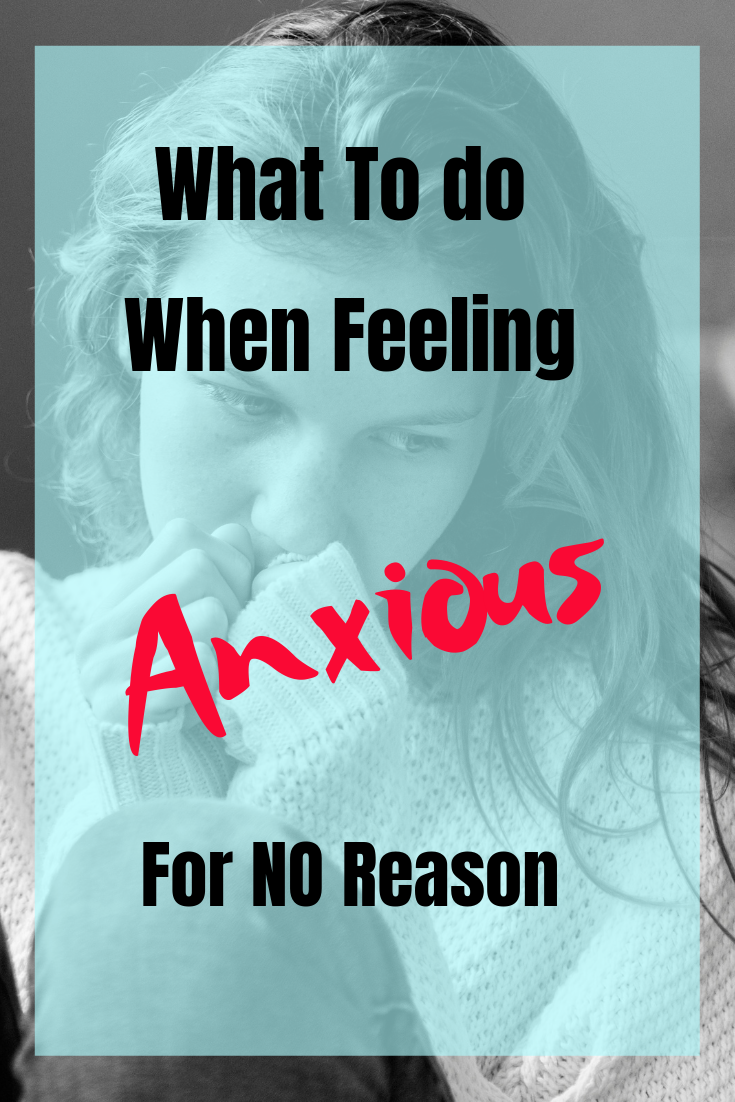
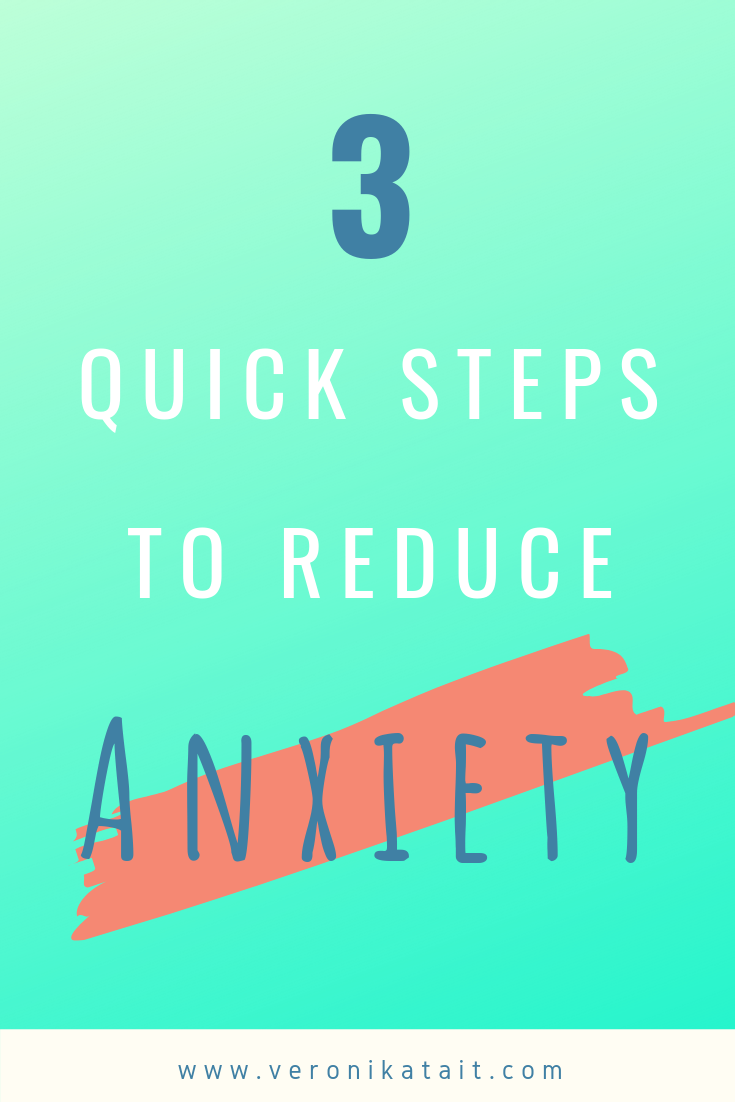
Step 3: Challenge the Negative Self-Talk
The last step is to take a critical look at your anxiety-provoking thoughts and push back. Is the event likely? Is there an alternative event? Are there constructive steps I can take? Is the worrying productive and moving me toward a solution? In my case, I was only in a state to think rationally about the illusive threat, once my arousal was down. After making suggested preparations for an earthquake such as keeping shoes and a flashlight near my bed, I reminded myself that continuing to worry was fruitless. The earthquakes I had experienced did little more than knock one of my earrings onto the floor and I had no evidence that another earthquake was coming.
This combination of mindfulness, relaxation, and healthy skepticism can counter the brain signals that engage severe anxiety. When practiced frequently, they create a pattern that is incompatible with worry. When worrisome thoughts are allowed to loom unchecked, they gain persuasive power. Note that worries that have transformed into phobias, Obsessive-compulsive disorder, panic disorders, etc. may need to be addressed with a combination of cognitive-behavioral therapy and medication to interrupt the cycle of disruptive thoughts.
Getting anxious over what I knew consciously was nothing would have been difficult had it not been for these tips. Give them a try and let me know your experience by messaging me at Psych Daily.



